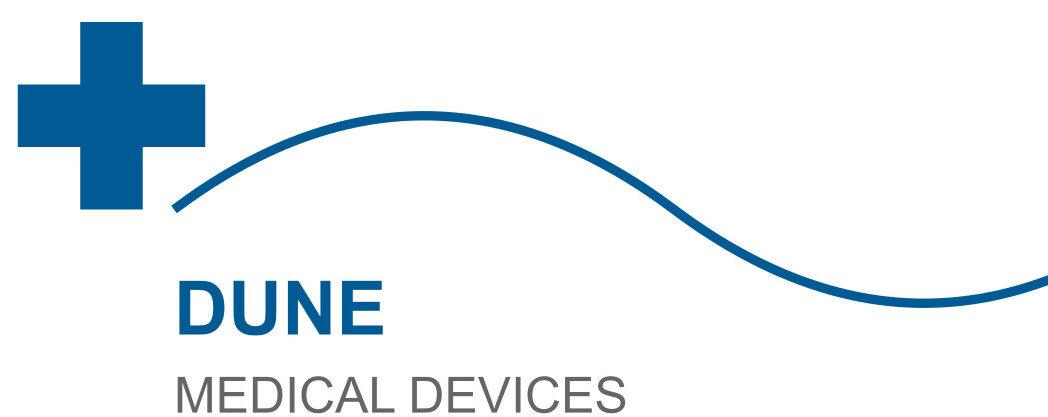
How Radiofrequency Skin Tightening Works
“`html
How Radiofrequency Skin Tightening Works: Benefits & What to Expect
Introduction
Radiofrequency (RF) skin tightening has become one of the most sought-after non-surgical cosmetic treatments for reducing wrinkles, tightening loose skin, and improving overall skin texture. Unlike invasive procedures like facelifts, RF treatments use controlled heat energy to stimulate collagen production, resulting in firmer, younger-looking skin over time. This guide will explain how RF skin tightening works, its key benefits, and what you can expect from a treatment session.
How Radiofrequency Skin Tightening Works
Radiofrequency skin tightening utilizes electromagnetic waves to deliver controlled heat deep into the skin’s layers. The heat stimulates collagen and elastin production—two essential proteins responsible for skin elasticity and firmness. Here’s a breakdown of the process:
1. The Science Behind RF Energy
RF devices emit high-frequency electrical currents that generate heat as they pass through the skin. The heat targets the dermis (the middle layer of the skin), where collagen fibers begin to contract and tighten. Over time, the body’s natural healing response kicks in, producing new collagen and elastin, which gradually improves skin texture and tightness.
2. Types of RF Treatments
There are two main types of RF skin tightening treatments:
- Monopolar RF: Uses a single electrode to deliver deep heating, often used for body contouring and facial tightening.
- Bipolar RF: Uses two electrodes for more controlled heating, ideal for treating fine lines and mild sagging.
Some advanced devices combine RF with other technologies like microneedling or ultrasound for enhanced results.
3. Areas That Can Be Treated
RF skin tightening is versatile and can be used on multiple areas, including:
- Face (cheeks, jawline, forehead)
- Neck and décolletage
- Abdomen and thighs (for mild skin laxity)
- Arms (to reduce “bat wings”)
Benefits of Radiofrequency Skin Tightening
RF treatments offer several advantages over surgical and other non-invasive procedures:
1. Non-Surgical & Minimal Downtime
Unlike facelifts or liposuction, RF treatments require no incisions, anesthesia, or lengthy recovery. Most patients experience only mild redness or swelling, which subsides within hours.
2. Stimulates Natural Collagen Production
Because RF encourages the body to produce new collagen, results improve gradually over weeks to months, leading to a more natural-looking outcome.
3. Safe for Most Skin Types
Unlike laser treatments, RF energy is safe for all skin tones, including darker complexions, with minimal risk of pigmentation issues.
4. Long-Lasting Results
With proper maintenance, RF skin tightening results can last 1-2 years, especially when combined with a good skincare routine.
What to Expect During and After Treatment
If you’re considering RF skin tightening, here’s what you should know about the process:
1. The Treatment Session
A typical session lasts 30-60 minutes, depending on the treated area. The practitioner applies a conductive gel before moving the RF device over the skin. Most patients describe the sensation as a warm, tingling feeling—some devices include cooling mechanisms for comfort.
2. Post-Treatment Care
After the session, you may notice slight redness or warmth, similar to a mild sunburn. These effects usually fade within a few hours. Experts recommend:
- Avoiding sun exposure for 48 hours
- Using gentle, hydrating skincare products
- Staying hydrated to support collagen production
3. When to See Results
Initial tightening may be noticeable immediately due to collagen contraction, but full results develop over 2-6 months as new collagen forms. Multiple sessions (usually 3-6) are recommended for optimal outcomes.
Conclusion
Radiofrequency skin tightening is a safe, effective, and non-invasive solution for improving skin laxity, wrinkles, and texture. By stimulating collagen production, RF treatments provide gradual, natural-looking results without surgery or significant downtime. Whether you’re targeting facial aging or mild body sagging, RF therapy offers a reliable way to achieve firmer, more youthful skin.
If you’re interested in exploring other non-surgical skin rejuvenation options, you might also consider microcurrent facials or ultrasound skin tightening as complementary treatments.
Frequently Asked Questions
Is RF skin tightening painful?
Most patients find RF treatments comfortable, with only mild warmth or tingling. Some devices include cooling features to enhance comfort.
How many sessions are needed?
Typically, 3-6 sessions spaced 4-6 weeks apart are recommended for best results, though this varies by individual.
Are there any side effects?
Side effects are rare but may include temporary redness, swelling, or slight tenderness. Serious complications are extremely uncommon when performed by a qualified provider.
Who is a good candidate?
Ideal candidates are those with mild to moderate skin laxity who prefer non-surgical options. RF is not recommended for pregnant women or individuals with certain medical implants.
“`
